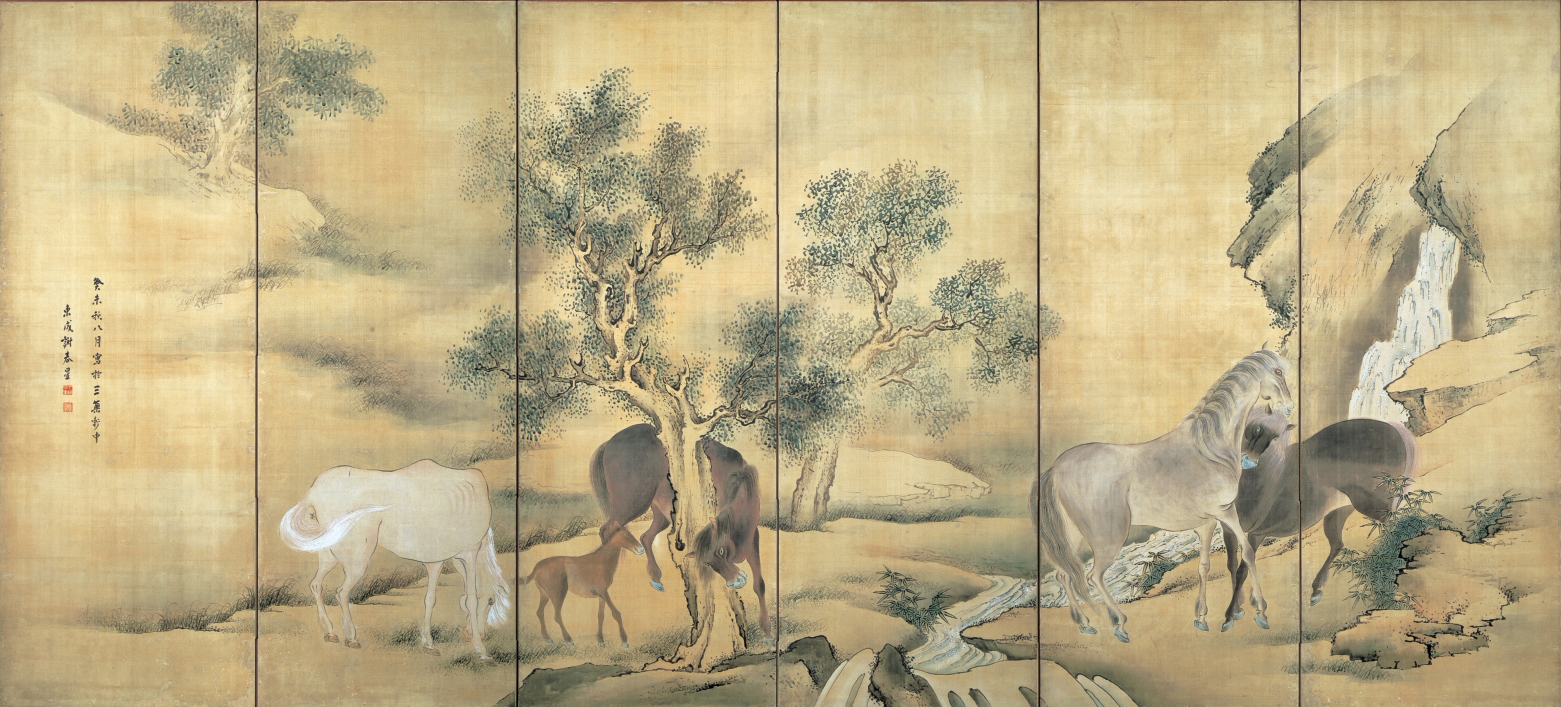Haiku’s continuing use in Japan is evinced by the estimated 800-1000 “little haiku magazines” published today in the country, and around 10 million Japanese are writing. In the words of literary critic Makoto Ueda, “Haiku is one of the shortest verse forms in the world. It is easy to write one. For Japanese people, the 5-7-5 syllable pattern is the basic rhythm of the language, and even elementary school children can produce works without difficulty.”
The following haiku are arranged in no order, and will be added to.
under the autumnal
sky, a wild chrysanthemum
lacking one petal
Translated by Makoto Ueda from Takahama Kyoshi’s “Shûten no shita ni nogiku no kaben kaku”
an octopus pot—
inside, a short-lived dream
under the summer moon
Basho, translated by Ueda
on the boy’s desk
a map
and an empty cicada shell
death—
that peace is nowhere
in the winter sea
Two haiku by Ôki Amari, translated by Ueda
in the Land of the Rising Sun
an angel
with tangled hair
a wound
on the full moon—meat, meat
vegetable, meat
Natsuishi Ban’ya, translated by Ueda
 " >
" >

